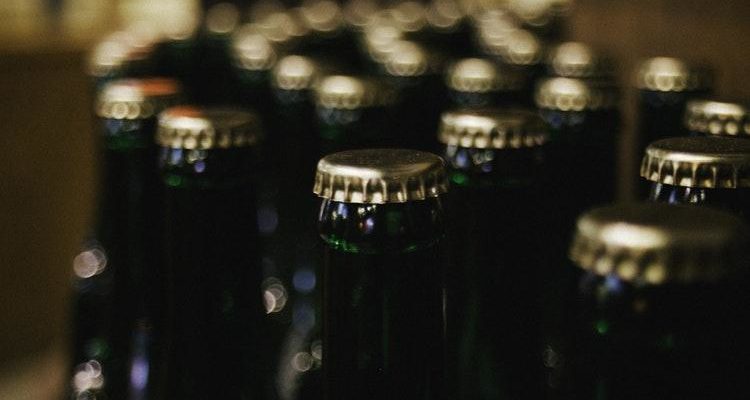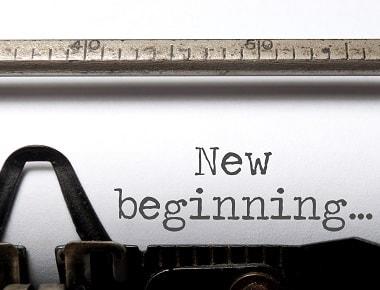
What Are the Most Abused Substances? A List from Alcohol to Acid
Substance abuse occurs when you become dependent on that particular substance. It’s something people have struggled with for thousands of years. Though the substances and their popularities may have changed and treatment options are different, substance abuse is nothing new. Thankfully, now there are detox centers, alcohol addiction treatment options, and more.
The most abused substances tend to vary by the person’s age and location and when they’re being used. For example, some substances are abused more at parties or on college campuses. Others are more common for older individuals or in the privacy of someone’s home.
So, what are the key components of drug abuse in the U.S.? Let’s look at a list of drugs that features some of the most popular, yet dangerously abused substances people use on a regular basis.
Alcohol
Alcohol is a serious problem throughout our country. Is alcohol the most widely used abused drug in the United States? Yes. Nearly 14 million adults in the U.S. struggle with a drinking problem.1 Why? It’s easily accessible, it’s often cheaper than many other drugs, and it’s legal if you’re over the age of 21.
Alcohol comes with a variety of short- and long-term problems that can include anything from drunk driving accidents to lasting health issues like kidney and liver problems.
Marijuana
Marijuana continues to climb higher on this list as it has become legal in several states. While weed doesn’t pose many of the same “lethal” or even dangerous side effects as some other drugs, it can be addictive.
Marijuana isn’t without its problems. It can cause short-term memory loss and confusion. When someone is high, they’ll often have difficulty concentrating and may even have trouble forming fluid thoughts.
Stimulants
Stimulants like Adderall and Ritalin are commonly abused because they can start out making users feel really good. They can make you more alert, give you energy, and even increase levels of dopamine in the brain, which can make you feel happier.
Unfortunately, these stimulants are prescription medications designed for people with ADHD and other mental health conditions. When they’re abused, they can lead to side effects like:
- Rapid heart rate
- Increased blood pressure
- Decreased blood flow
When you abuse stimulants for a long time, this can lead to things like heart failure and seizures.
Painkillers
There are so many drugs that fall under the “painkillers” category, including Oxycontin and Percocet. These medications are designed to help people with severe pain, but, for abusers, they can cause nausea, dizziness, vomiting, and respiratory issues.
Painkillers are also considered opiates. They fall under the same category as other common opioids like heroin. Opiates are highly addictive, and you can build up a tolerance over time, which makes you take more of the drug to continue the same kind of high.
Xanax

Xanax is a type of depressant drug. It’s used to treat mental health conditions like anxiety and even insomnia. People who use it casually usually feel a sense of sedation and calmness, but when it’s abused it can lead to side effects like memory issues, trouble sleeping, and poor coordination.
This list of drugs runs the gamut when it comes to the highs the drugs provide and the dangers they pose. Some are easier to get than others, and some are more addictive than others. Any type of substance abuse, though, can lead to lasting harmful side effects that could cause permanent damage to your mind or body.
However, there is always hope. If you or someone you know has developed an addiction to any of these (or other) substances, help is available! Contact us at Yellowstone Recovery for more information or if you’re struggling with abuse and you need somewhere to turn. We can help you on that journey so you can take control of your life once more and find the freedom you deserve.
Source:








